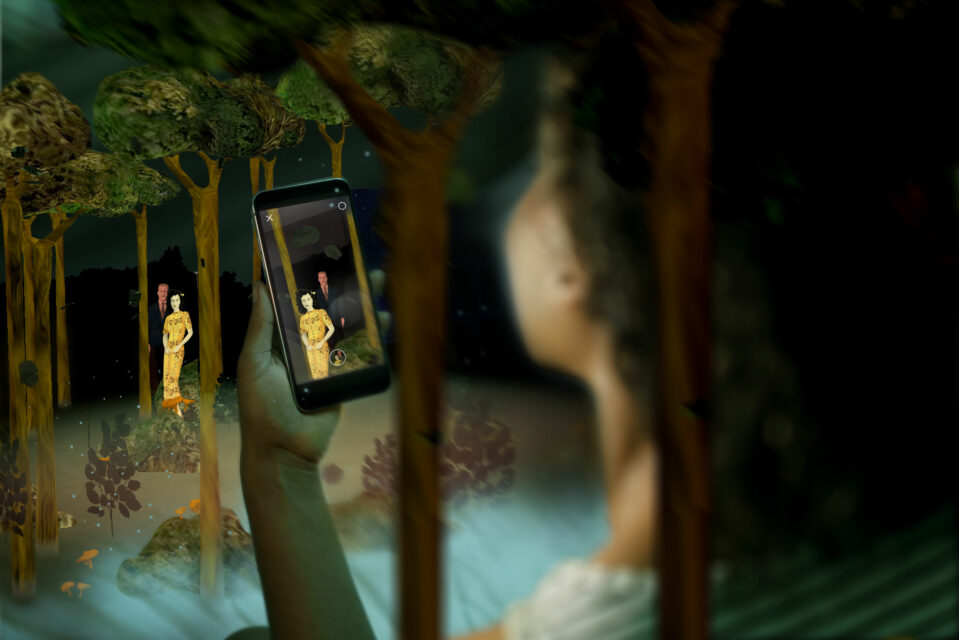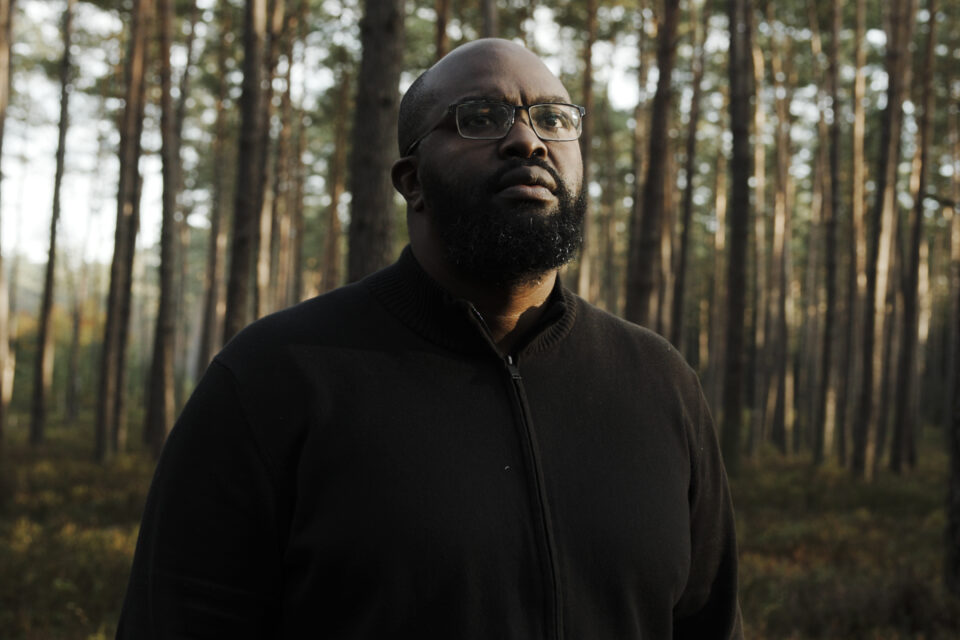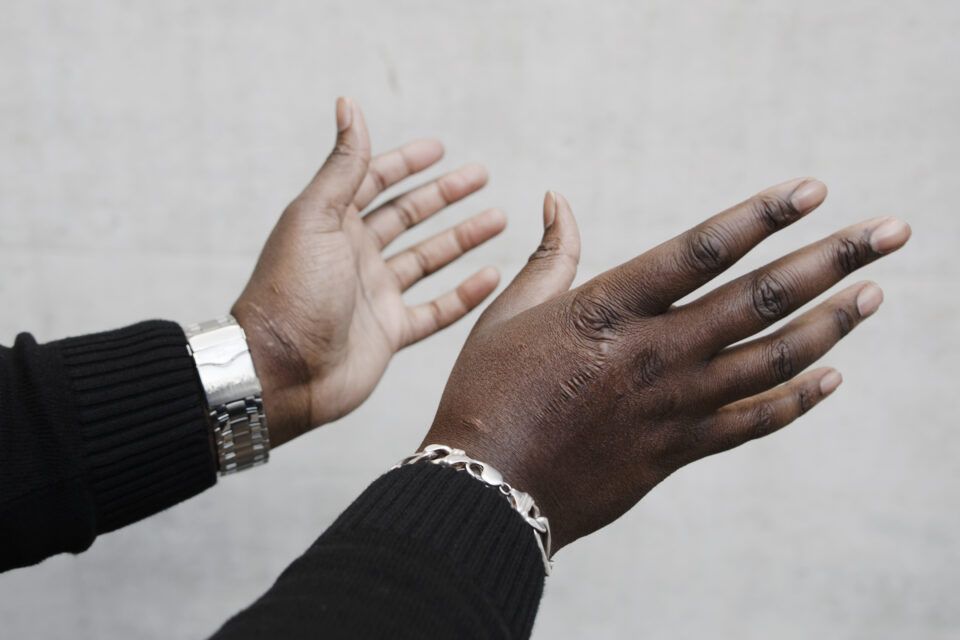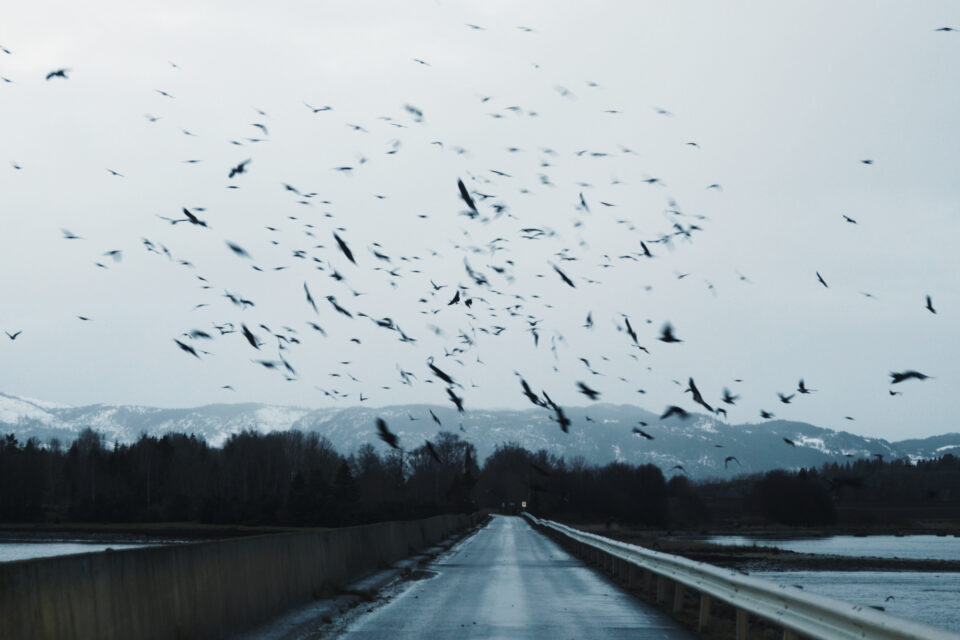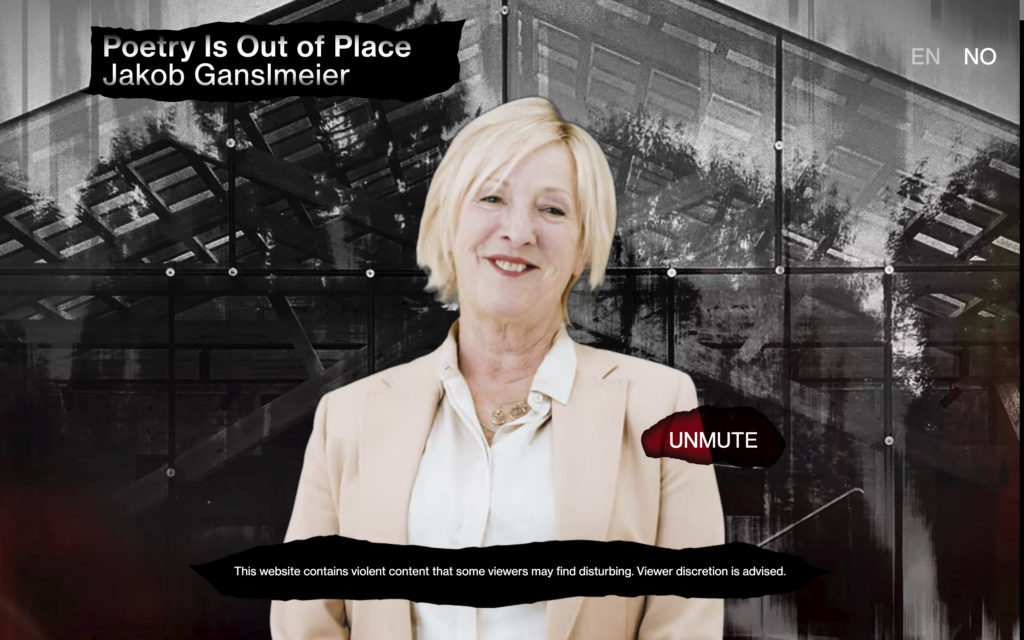Artists publish controversial perpetrator stories online.
Is it immoral to look at the perpetrators’ perspective of genocide? Does it equal forgiving or could it also provide useful insights?
Three WW2 remembrance centres, Westerbork (NL), Bergen-Belsen (DE) and Falstad (NO) have (remains of) the camp commander’s house on their premises. Until recently they remained silent about the houses and the people who lived there. With nationalism, right extremism and holocaust denial on the rise, time had come to claim the sites and the narrative.
Paradox was invited to develop online stories for a young and culturally diverse audience. The first auto-biographically inspired narratives made with prominent image makers, a writer and a spoken-word artist, have recently been put online. In order to be effective, artists adopted new reach-out strategies, including the use of Instagram. Many stories draw on the past, while referring explicitly to parallels with the (Ukrainian) present.
Join the conversation presented by Bahram Sadeghi and Lars Boering jointly looking at the way how mobile media based visual storytelling has been implemented to tell sensitive stories.
Why to look at perpetrators at all? How big is the gap between educational work at memorial centres and the fastly growing online distribution of right extremism? Meet visual artists Ana Zibelnik and Jakob Ganslmeier showing their video installation of Poetry Is out of Place for Falstad.
Creative storytelling duo Jongsma+O’Neill developed an innovative Instagram-based documentary, fully based based on animation. His Name Is My Name is the moving story of Eline Jongsma, finding out that her great grandfather Gerrit Jongsma as the NSB (nazi) mayor of Heemskerk. As such, he had been responsible of sending a Jewish to Westerbork, where she as a child used to go picking mushrooms with her parents.
What differences in interpretation of the holocaust exist among today’s European population? Who and what shapes the image and the legacy of a former concentration camp and how can artists, departing from the perpetrators perspective, open that up?
Find out how spoken-word artist Onias Landveld and Jakob Ganslmeier are addressing this issue in a sneak preview of A Mirrored Image, the first part of their work for Bergen-Belsen, to be launched in November. And meet historians Ingvild Hagen Kjørholt (chair of the Houses of Darkness programme), Rob van der Laarse (chair of the Cultural Sciences capacity group at UvA) and Bas Vroege (producer, director of Paradox).
